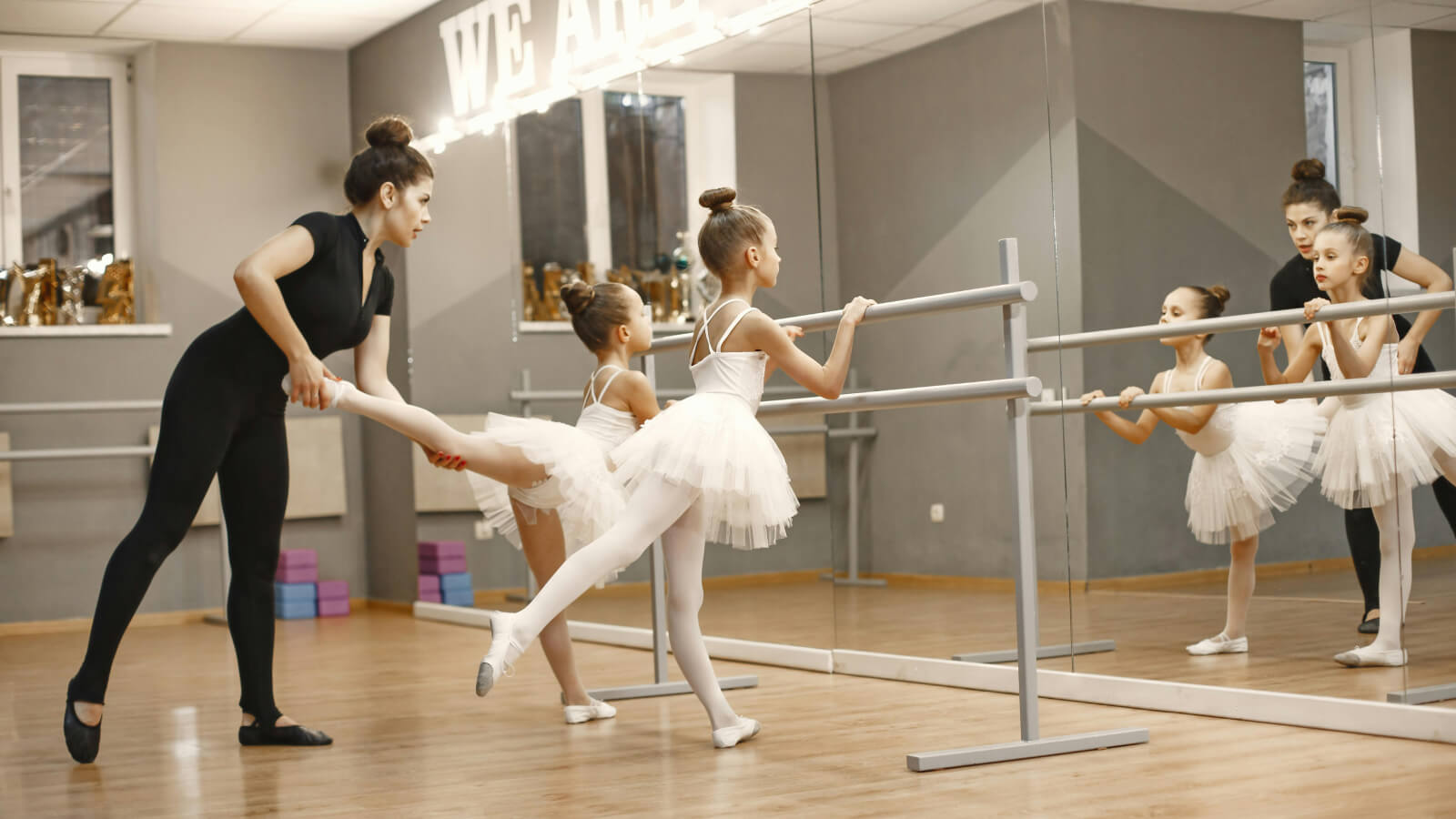There are a lot of steps that go into opening a dance studio successfully. Administrative tasks, curriculum and lesson plan writing, and marketing are three of the main steps towards establishing your business and finding your first set of customers.
At Sawyer, we work with dance studio owners every day to start and run their business efficiently and effectively. This guide will outline the steps you need to take to open a dance studio of your own. Let’s get grooving!
Dance studio business requirements
There are a lot of business requirements that go into opening a dance studio. You need to create a business plan and budget as well as apply for licenses and set up a class registration and management system. In this section, we’ll outline all of these business requirements so you can get started!
Dance studio business plan
Writing a business plan should be the first step when you want to open a dance studio. Business plans help organize your goals, make important decisions about your business, and keep track of analyses. Plus, if you are looking to apply for funding assistance (small business loans or grants), they often require a business plan as part of the application.
Business plans should include:
- An executive summary
- Description of your business
- Analysis of the market, information about your team
- An overview of your financial plan
Use our guide for everything you need to create a business plan for your dance studio.
Dance studio budget
Budgets help keep you on track with your business goals and objectives so that you can ensure you are doing what you need to not only maintain your day-to-day operations, but also scale and grow.
When you create your business budget, be sure to include:
- Income sources
- Fixed costs
- Variable costs
- One-time costs
With a well written business budget, you can feel more comfortable making decisions and planning for the future. Review our guide for more information and guidance on building your business budget.
Dance studio licenses
There are a few different licenses that are needed to start a dance studio. In addition, regular adherence to tax laws and other regulations are, of course, necessary to starting and successfully operating your business.
Some of the common licenses needed by dance studios are:
- Company registration as an LLC or C Corp
- Employee Identification Number (EIN)
- Certificate of Occupancy (CO)
- Music licenses for public performances.
Make sure you also check local county, city, and state regulations to see if there are specific licenses needed in your location.
Registration and management software
Utilizing a class registration and management software like Sawyer can help your business get started on the right foot. Even though software is an added cost at the start of your business journey, it is worth it.
Rather than relying on manually accepting bookings over the phone or via email, class registration and management software like Sawyer lets you take bookings 24/7 so you never miss a sale. Plus, software helps you make schedules easily, keep track of important student information, seamlessly take payments, and analyze financial reports.
Dance curriculum and lesson plans
After you have managed the administrative tasks needed to open your dance studio, you can start the fun part of developing a curriculum and writing lesson plans. Sharing your love of dance is one of the reasons you got into this business. Use our tips and templates to inspire the next generation of dancers.

Dance curriculum
Planning your curriculum puts you in a great position to establish your goals, plan lessons, and come up with exciting hands-on activities for your students. A well written curriculum is the first step towards successfully teaching to the next generation of dancers.
When you create your dance curriculum:
- Establish goals
- Sketch out the semester
- Review previous lessons
- Write your lesson plans
Check out all of the steps of how to write a dance curriculum in our full guide.
Dance lesson plans
Lesson plans help instructors stay on track and ensure that your students will learn effectively and efficiently. When you write your lesson plans, follow the structure outlined below so that you can stay organized.
A strong lesson plan has:
- A learning objective for the session,
- A list of the materials and music needed
- The activities you will be doing and the time allotted for each one
- Space for assessments and evaluations.
Include interactive games and activities as much as possible to keep your students engaged. Some of our favorite dance activities and games are Simon Says, be the mirror, building choreography, and the animal game. Check out more dance activities and lesson plan tips in our guide about teaching dance to children.
Download our editable dance lesson plan template to get you started.
Get your editable dance lesson plan template
Marketing tips for dance studios
There are so many marketing strategies and tactics that can be useful for your dance studio. Deciding on the right type of marketing depends on your location, how long your studio has been in business, your current customer base, and other factors. We’ll outline the different options and you can determine what works best for your studio.

Email marketing for dance studios
Email marketing is useful if you already have a list of email addresses from reaching out to the community or running previous programming. When you send marketing emails, it is important to know you are fighting for visibility in busy inboxes.
Successful email marketing has:
- Strong subject lines
- A sense of urgency
- Showcased value
- Incentives
- Short and efficient copy
- Obvious calls to actions (CTAs).
Learn more about email marketing for your dance studio in our full guide.
Social media marketing for dance studios
Social media is extremely common among parents who are looking for recommendations and trying to make booking decisions for their families. In fact, Pew Research found that 83% of parents are on social media, which makes it a great tool for new and established dance studios looking to increase their customer base.
When you create social media marketing tactics, keep in mind:
- High quality photos make you look professional (just make sure you get permission from parents of any students featured)
- User-generated content is more trustworthy to potential customers
- Families are more likely to make purchases if you form connections and interact with your community
For more guidance on social media marketing, check out our article, which includes helpful information about setting up business accounts on Facebook and Instagram.
Event marketing for dance studios
When it comes to getting your name out there, participating in community events like school fairs, local markets, street fairs, pop ups, and more can be very useful. Event marketing can help you make your presence known in the community, give potential customers a tour of your studio, and increase your customer base.
When you participate in event marketing, make sure you:
- Offer incentives
- Show them a good time
- Gather contact information
- Reach out to nurture those connections
Check out our guide with everything you need to know about event marketing for your dance studio.
Advertising for dance studios
Google Ads are a useful, and often cost-efficient, marketing tool. Google Ads follow a Pay Per Click (PPC) advertising model, allowing business owners to bid on search terms, rank higher, and pay for the clicks their ads receive. There is no spending requirement, which means you can set your own budget.
Review our full guide with everything you need to know to set up Google advertising for your dance studio.
With the above information, you should feel ready to start the journey of opening a dance studio. Using Sawyer as your class registration and management software means that you are working efficiently and giving the best experience to your customers and staff.
With our suite of tools, like custom forms to record allergies and t-shirt sizes, flexible payment options like gift cards and installment plans, and seamless scheduling and registration on any device, Sawyer saves business owners 28 hours per month. If you are ready to spend less time on admin and more time doing more of what you love, see how Sawyer can help with a free trial or demo.




















.png)















.jpg)
.png)

